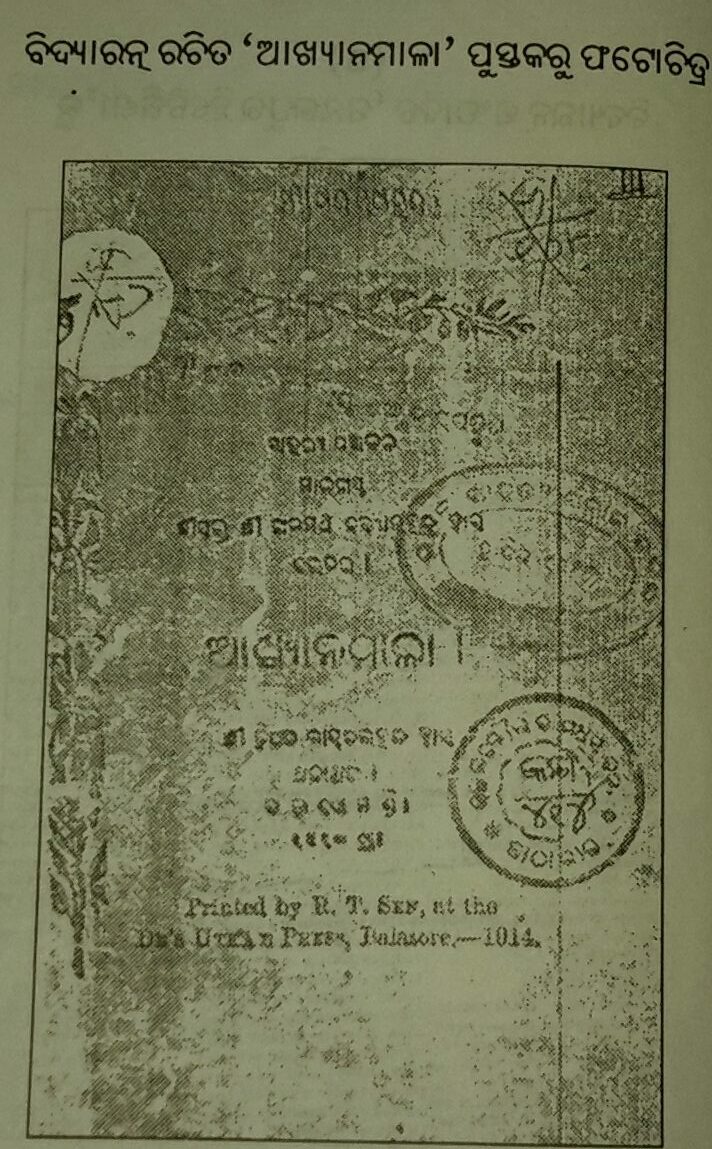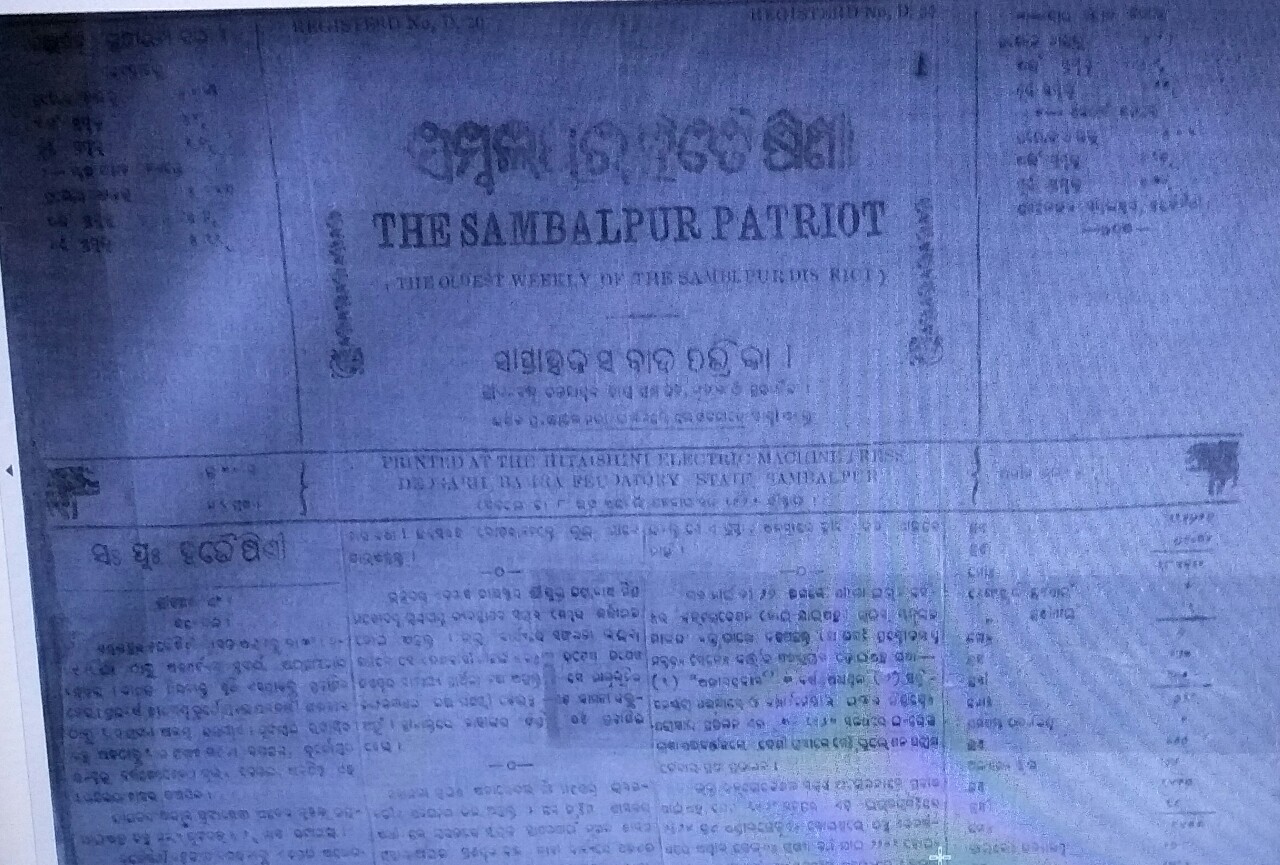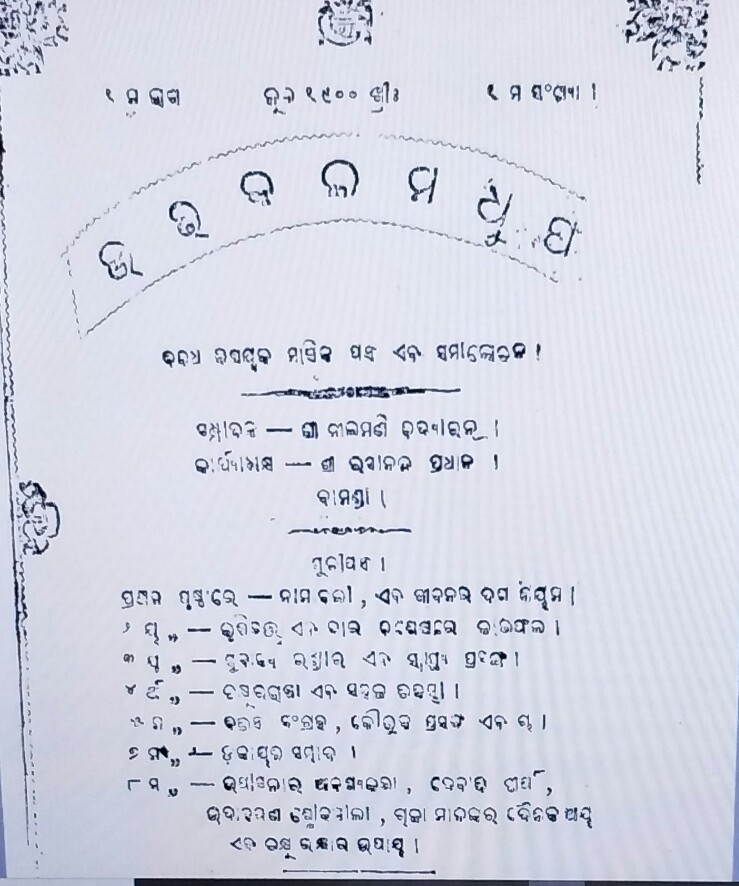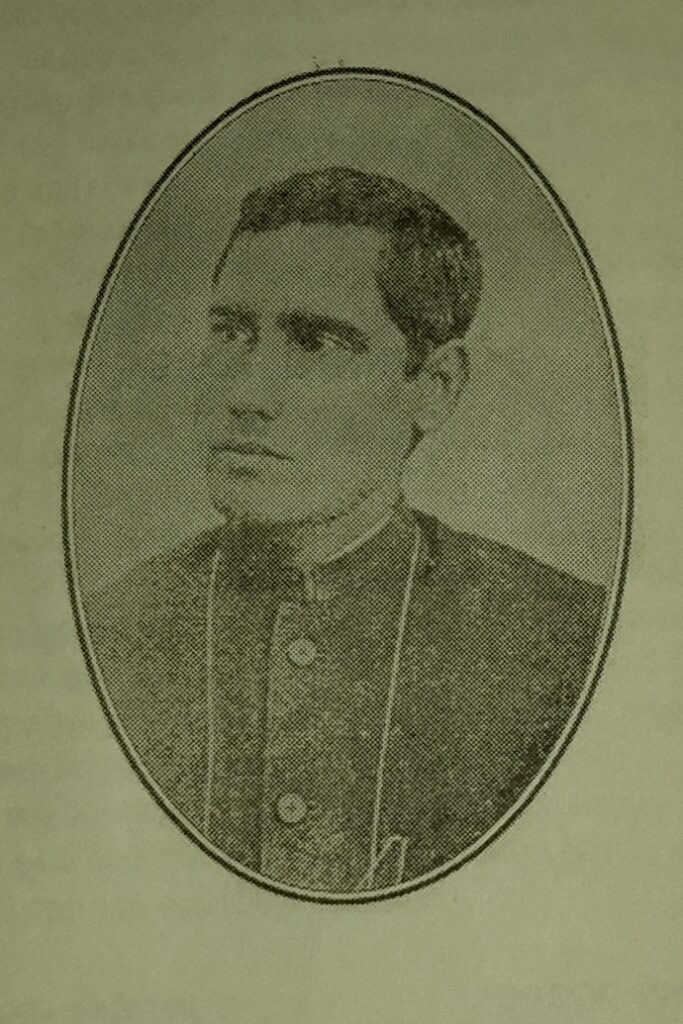Kailash Chandra Dash
On 14th December 1867 was born Nilamani Vidyaratna in Brajabiharipur of Banki (Vaidyeswar). He was the famous editor of ‘Sambalpur Hiteisini’ which appearing from Bamanda in 1887-89 articulated Odia problems in different ways and was responsible for the vernacular resurgence in colonial Odisha. He was the editor of Prajabandhu from Rambha from June 15, 1902, and then in 1908 the editor of Gunadarpan from Badakhemundi of Ganjam and lastly before his death in 1924 he continued to be the editor of Utkal Dipika for more than a year from 1922. This news weekly in Odisha during his editorship articulated Odia’s identity and culture in different ways.

He was a significant force in the movement in Sambalpur for the introduction of Odia language in place of Hindi and for that historic movement Nilamani used SambalpurHiteisini as a significant forum. SambalpurHiteisini during his memorable phase of editorship could publish several significant articles in the form of prose fiction and poems as well as debatable essays that could enrich Odia literature. Famous writers and poets like Radhanath Ray, Gangadhar Meher, Viswanath Kar, Sribatsa panda, Reba Ray, and many others had significant contributions in Sambalpur Hiteisini which was due to the encouragement of Nilamani Vidyaratna.
In Bamanda he was associated with Sikshya Samity and Alochana Sabha for fostering social and political consciousness. Under his remarkable editorship, Prajabandhu from Rambha of Ganjam had grown to be a powerful forum of Odia identity and it focussed the formation of the famous Ganjam Jatiya Samity in 1903 which paved the way for the emergence of Utka lSammilani in December 1903 which left a lasting imprint in the minds of the Odias working for the union of all Odia-speaking areas under one administration.
He was intimately associated with the literary resurgence and social reform while he was in Ganjam as from Rabha there was also another significant monthly journal named Sanskaraka which could present the social problems elaborately. In this work, Nilamani was also linked. As the illustrated editor of Sambalpur Hiteisini, Nilamani published several literary issues-the most interesting and important issues were the so-called Bhanja Bibada and Jati Pratha. In Bamanda Nilamani also edited Utkala Madhupa -a monthly related to the encyclopedia of knowledge.

In social works, he was equally famous. He was eager for the development of the neglected. Dalits of Odisha as early as 1915 and advocated the formation of Unnati Bidhayini Samityfor the depressed Dalit class which was then a movement in the all India level. While in Badakhemundi of Ganjam he was associated with Deshonnati Bidhayini Samityand Yubaka Samity for the awakening of the youth. Gunadarpan under his editorship could focus on several important issues relating to the formation of Odia identity and he was very much interested in the rise of a literary class there.
A major work of Nilamani Vidyaratna besides his considerable interest in vernacular literary resurgence was his contribution to public health which was rare in the colonial phase. In the social history of Odisha, he had a place for his public health treatises. He was the first Odia writer to give special attention to the health and public diseases with a considerable appreciation of western and eastern medicine. His works on health and medicine include Go Chikitsa(1895), Jwara Chikitsa(1898), Basanta Roga Chikitsa, Jibanabandhu(on water and science), Bisuchika Chikitsa, Bata Jwara, PittalaJwara, Kapha Jwara, Sannipata Jwara, and many others. Some of these texts were published under the patronage of Samanta Raj Narayan Das, the famous and benevolent Zamindar of Balasore in 1899.

His famous treatise Jwara Chikitsa included several aspects of disease and medicine which was his extra-ordinary contribution to the world of public health studies. In his other famous treatise entitled Jibana Bandhu which was published in 1915 by Tripati Gayaka Ratna of Badakhemundi under the patronage of Sarangi Raja Harichandan Jagaddeba there was considerable discussion of pure and impure water. His interpretation of the significance of water was very modern considering his time and medical research.
Thus the many-sided activities of Nilamani Vidyaratna in colonial Odisha need to be restudied for the appreciation of the present. He was thus an illustrious son of Odisha and was a key literary figure who was responsible for shaping the cultural and literary mind of the colonial Odias. He died on 26th July 1924.























